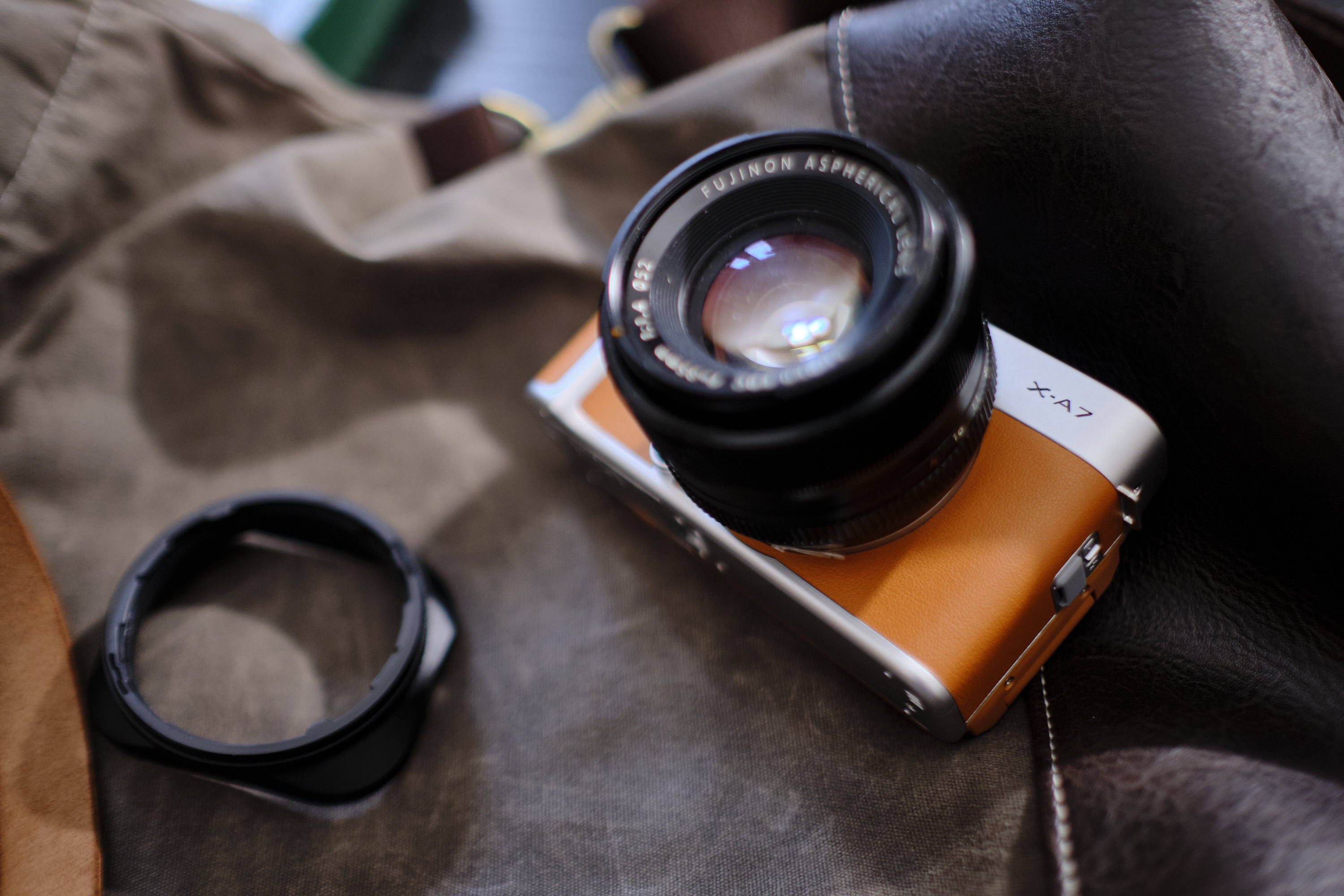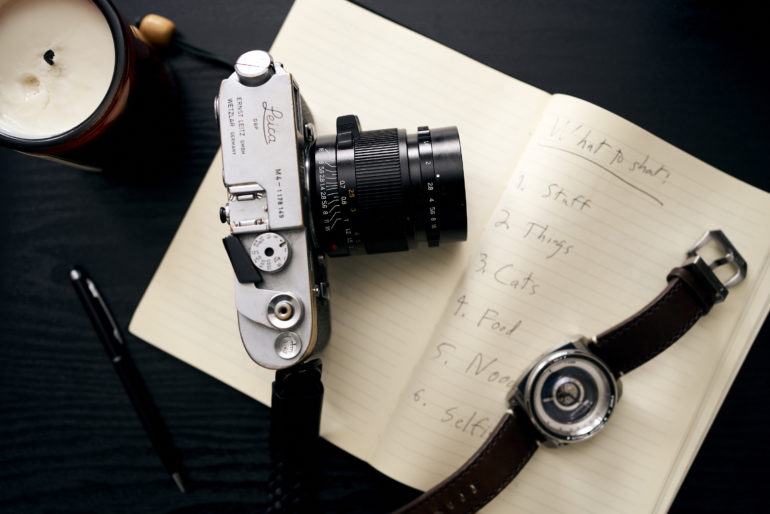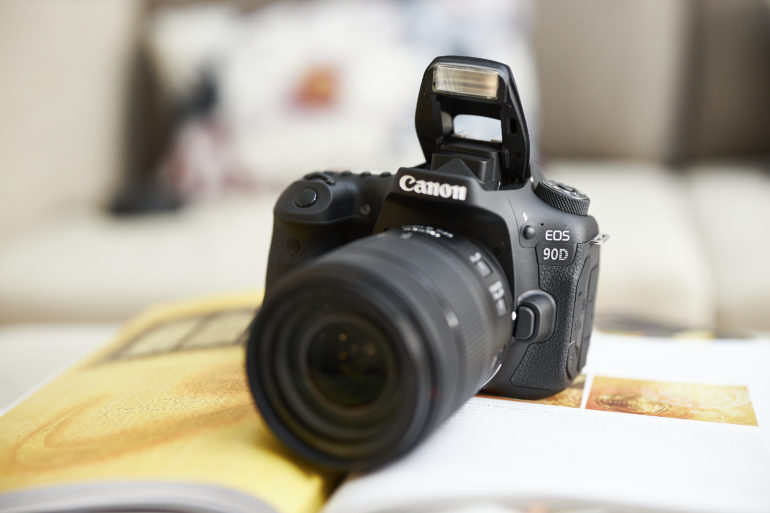I’m of the steadfast belief that a good photographer is in control of their camera and does at least 80% of the work in-camera.
This piece is obviously going to annoy a ton of people. Quite honestly, I’m not apologizing for it. I think that there are great photo editors. I believe that some people that we label photographers are some of the best Photoshop artists of our time. But, I genuinely don’t think that they’re photographers. Adobe believes that you’re a photographer if you use Adobe Lightroom and Lightroom Camera. But I don’t. Instead, I think that a photographer works to get the image as perfect as possible in-camera. Great photo processors work in post-production. Can you be both? Sure. But most “photographers” are one or the other. The label is essential for the future of our industry and odds are that you’re probably screwing it up for everyone.
Let’s step back into the days of the purest photographers. What they used to do is shoot and then go process the images themselves. That spirit is very much alive and well in today’s photography community with one big exception: the barrier for entry is much lower. Everyone can be a “photographer” or a “Photoshop artist.” Now, one of the significant differences is that those old school photographers spent a whole lot of time working in the camera beforehand to get the image that they wanted. That doesn’t happen a whole lot today.
Then times changed. Photographers shot images and passed them off onto labs and processors while they spent more time shooting. This was more commonplace. Eventually, photographers ended up shooting and processing themselves. But most of that work was still done beforehand if they were a photographer who created moments vs. capturing. Let me reiterate on words that I’ve said many times here before on the blog: creating a photo involves you having a dynamic process and control/say over the entire thing before you push the shutter. Most of the work is yours. It can be collaborative, for sure, but it’s mostly your creative vision being told. If you’re simply capturing a scene, you don’t have much creative say in the scene before the shutter is pushed. At least, that’s the case in most situations. Still, in this situation, you’re mostly capturing a moment, and most of that work is done in-camera. When processing the images, those old photographers didn’t necessarily take a color photo and convert it to black and white. They didn’t add a whole lot of clarity because that typically needed to be done beforehand with a lens filter. Was it possible? Sure, but it didn’t happen often.
Now that brings us to today. This evolution of the world has broken into two spaces: Photoshop artists and photographers. A Photoshop artist does a lot of work in post-production to get the image that they like. It can include working in Capture One or Lightroom. There are tons of them. Look on YouTube; there are tons of tutorials all about the post-production side of things. We’ve featured a ton of them in our Creating the Photograph series. And that’s cool! But genuinely, most of those “photographers” make the magic of their images come out in post-production. They have little to no control or don’t even really care about it when capturing a scene in-camera. Again, that’s cool. But let’s put the shoe on the other foot. Can we call a photographer who worked to get the image perfectly right in-camera a Photoshop artist? Or a post-production specialist? No.
So then how and why do post-production specialists get to be called photographers? Why can’t everyone just stay in their lane? A photographer, by this thought process, is one that spends most of their time getting the shot in-camera. Changes can happen in post-production. I’m not at all saying that it can’t. However, I think that modern photographers these days should be seen as mostly pure. Post-production can happen. But like retouching, there should be an ethical line.
And to that end, I think that real photographers shoot for the JPEG. They get the photograph to be as perfectly close to a final image in-camera as possible. Then they require almost no retouching or work on the photos. In that way, the average hobbyist is more of a photographer than some professionals. A few professionals simply capture 1,000 pictures and then spend forever and a day in post-production, making the image come alive. But they shoot 1,000 to get that one. Compare this to the hobbyist that shoots and is okay with the JPEG. They clearly shot a photo. They’re a photographer. They didn’t spend any bit of time in post-production if it’s straight out of camera photo.
With all this said, there’s nothing wrong with shooting RAW and JPEG. But real photographers shoot for the JPEG and rely on the RAW when they need to.




